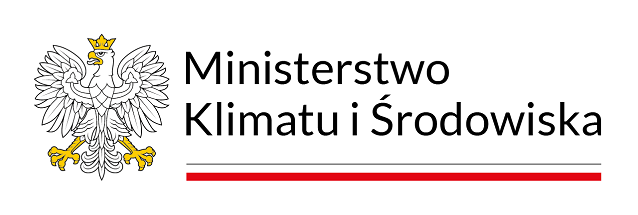Protection of non-woodland ecosystems

In the area of the PNP, there are several dozen plant accumulations from different classes, out of which many are in the sereal stage, which left in passive protection will lead to the disappearance of the values presented by them. This threat to floristic and bio-cenotic values is caused by the ceasing of mowing or the pasture usage of these areas, as well as changes in the environment (quality properties of water and quantitative water relationships) which are resulting in driving from the turf lands steno-topic, rare and endangered species by euro-topic species, the creation of forest communities with low natural advantages, the worsening of habitat conditions, especially the light by formation of dense brushwood which is not advantageous for heliophile species (e.g. downy willow ) that are characteristic of opened turf lands. The introduction of tree vegetation on turf land areas results in a worsening of the turf land water balance through the heightened transpiration and the environment becoming more alkaline.
For the maintenance of the status quo of chosen accumulation groups, the use various methods are possible, depending on the manner of their formation and the bank conditions essential to their being. Such a process is suppressing the expansion of trees and bushes by the removal of afforesting and bushing as well as mowing. These procedures contribute to the improvement of environmental conditions for many species of protected plants among others through the better access to the light. The improvement in the lighting conditions will bring the acreage increase of occurrence and the population densification of such species as the betulla humilis Schrank, the downy willow, swamp willow, marsh gentian, the dune gentian, felwort, large pink, the globe-flower, orchids, lousewort moor, gladiolus imbricatus, butterwort and others. Mowing has a positive influence on devil's-bit scabious and great burnet populations that are the feeding plants of rare and protected butterflies (the marsh fritillary, the scarce large blue and dusky large blue). The expected effects of the performed procedures are a re-naturalisation of the turf landsã ecosystems, and an increase of the ecosystemsã bio-diversity. As the result of works on a smaller scale since 1999 in the Poleski NP, it has been noticed that the better effects (a smaller number of suckers) are giving works performed in August and in September. A way of carrying them out is also important, and the cutting out of the suckers with the use of hand tools guarantees the high accuracy and effectiveness of the conducted procedure.



.jpg)










































